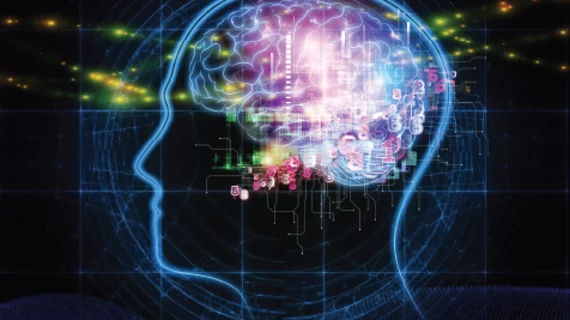Patient advocacy group shares new research on gadolinium levels in urine
Gadolinium can remain in a patient’s urine years after patients are exposed to gadolinium-based contrast agents (GBCAs), according to new research presented by the Lighthouse Project.
The Lighthouse Project is the brainchild of Hubbs Grimm and Sharon Williams, two patients who met through a gadolinium-related support group and work to publicize the potential ways gadolinium retention can impact one’s health. Both Grimm and Williams are clear on their website that they are not medical professionals, but they have both been studying gadolinium and GBCAs for several years.
For this most recent study, Grimm and Williams studied data from 63 patients who underwent at least one MRI with a GBCA and believe they are suffering from symptoms of gadolinium toxicity. “We believe this is the largest publicly available collection of urinary gadolinium test results,” they noted.
“The intent of this paper is simply to provide the evidence that, at least in our Gadolinium Toxicity Support Group, gadolinium from all agents remains in the body longer than most medical practitioners and governing authorities expect,” Grimm and Williams wrote in their report’s abstract. “Based on what has been published about gadolinium’s toxic effects, prolonged retention appears to be the likely cause of patients’ new and unexplained symptoms following contrast MRIs. The complete set of test results, without any data that would identify patients, is available to other researchers upon request.”
According to their findings, GBCAs “do not clear from the body in a few days as most patients are told.” In some instances, it remained years after exposure. Grimm and Williams recommended that medical providers stop telling patients gadolinium will clear out of their systems after a few days and invited other researchers to analyze their data.
“We would also note that this study is only about the observed unprovoked urine levels,” the duo concluded. “We are not aware of any methods to measure how much gadolinium from contrast-enhanced MRIs has been retained in the body. The increased gadolinium levels we have seen on 24-hour provoked urine tests performed during chelation therapy are an indication that gadolinium is retained in body tissues.”
Recent Radiology Business coverage of gadolinium and GBCAs can be read here, here and here.

